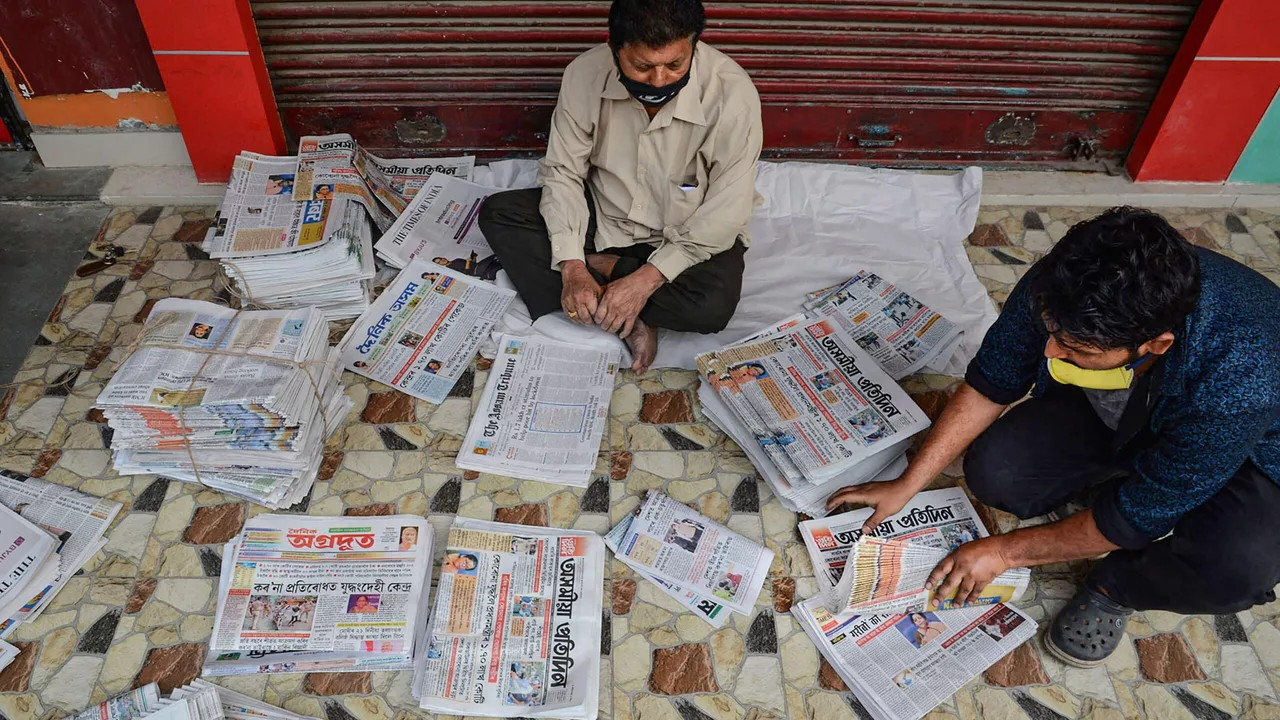Media Credibility – What It Means and How to Trust What You Read
Ever wonder why some headlines feel like a joke while others seem solid? That’s media credibility at work. It’s the difference between a story you can rely on and one that’s just noise. In today’s fast‑paced news cycle, learning to spot the real deal can save you time, money, and headaches.
Why Credibility Matters
When a news outlet is credible, its reports are checked, balanced, and transparent. That means you get a clearer picture of what’s happening – whether it’s a political rally in Bengal, a court verdict in Delhi, or a sports controversy at the Asia Cup. Credible media also holds power to account, pushes back against misinformation, and helps you make decisions based on facts, not rumors.
On the flip side, low‑credibility sources spread half‑truths, exaggerate headlines, or hide their agenda. Think of the handshake row at the Asia Cup 2025 – different outlets reported it with varying levels of bias. One might paint the Indian team as sportsmen, another as provocateurs. Without a credibility filter, you could end up believing the version that fits your pre‑existing view.
Tips to Check a Source’s Trustworthiness
1. Look at the byline and author background. A seasoned journalist usually has a track record you can verify. If the article is anonymous or written by an unknown name, dig deeper.
2. Check the publication’s history. Sites like WION News claim unbiased reporting, but a quick scan of past stories can reveal patterns. Consistent fact‑checking and corrections are good signs.
3. Verify the facts. Cross‑check key numbers, dates, and quotes with at least two other reputable outlets. If you read about a Supreme Court filing rule, compare it with the official court website or a trusted legal blog.
4. Spot the tone. Credible pieces stay neutral, avoid sensational words, and present multiple viewpoints. If a story feels overly emotional or pushes a single narrative, treat it with caution.
5. Examine the sources cited. Real journalism links to experts, official documents, or eyewitnesses. A piece that only quotes unnamed “insiders” is a red flag.
Applying these steps to the posts on our tag page can be a quick exercise. For instance, the article about the Delhi High Court bail verdict cites court decisions and specific legal terms – a good sign. Meanwhile, a piece titled “What do you think about WION News?” offers an opinion but also mentions the channel’s claim of balanced reporting, which you can verify by watching a few of their broadcasts.
In practice, you don’t need a fancy checklist for every story. A few seconds of questioning – Who wrote this? Where does the info come from? Does the tone feel balanced? – can filter out the bulk of misinformation.
Remember, media credibility isn’t about trusting a single source forever; it’s about building a habit of quick verification. The more you practice, the easier it gets, and the better you’ll feel about the news you consume.
So next time you scroll through headlines, pause, run a mental fact‑check, and choose the stories that stand up to scrutiny. Your brain will thank you, and the world will seem a little less confusing.
Which are the most unnreliable and worst newspapers in India?
Determining the most unreliable newspapers in India can be subjective, but some publications often come under scrutiny for their lack of objectivity and sensationalized news. Critics argue that newspapers like Zee News, Aaj Tak, and India TV have a tendency to prioritize sensationalism over factual reporting. Their credibility has periodically been questioned due to instances of misreporting and promoting biased views. However, it's crucial to remember that not every piece they publish is unreliable, and readers should always cross-verify information from multiple sources. Always strive to consume news from a range of outlets to ensure a balanced perspective.
